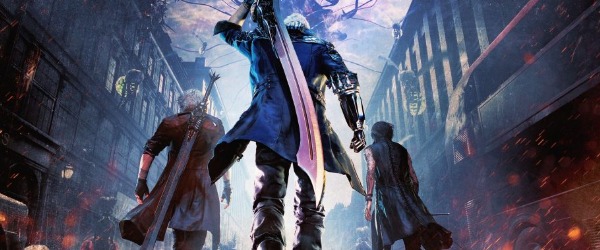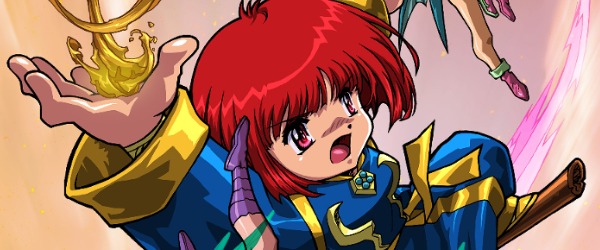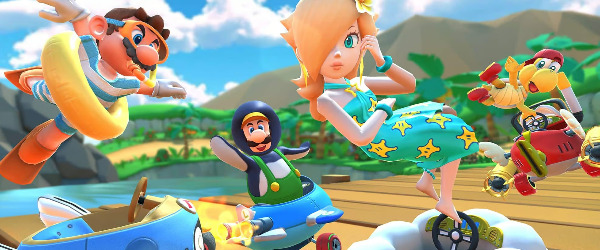
History of Video Games: Contrasting Fortunes (1998-2000) - Article
by Taneli Palola , posted on 07 April 2016 / 9,723 ViewsThe previous article ended with the PlayStation slowly taking over the market, the Nintendo 64 firmly holding onto second place, and the Saturn descending towards irrelevance. Sega's leadership was beginning to panic as a result of the Saturn failing to meet expectations and its competition constantly pulling further away.
As 1998 started, the Saturn was pretty much dead in the water. The release schedule had almost completely dried out and sales were almost non-existent. Significant releases included exactly one game - Panzer Dragoon Saga - and despite being well received it didn't sell all that well, likely due to its coming out too late for people to care anymore. As a result, the Saturn was discontinued in the west later this year, but in Japan the console stayed alive until 2000. Once all was said and done the Saturn only managed to sell around 9 million units.
Interestingly, this left Sega without any presence in the home console market in the west for almost a year before its next console was released. Sega basically conceded the field to Sony and Nintendo for the time being. It wasn't quite ready to give up yet, though.
Speaking of which, as 1998 came around, Nintendo and Sony were still trading blows on fairly equal ground. Although the N64's rather thin game library would soon begin to seriously hinder the console's success, at this point it was still providing people with more than enough great games to play.
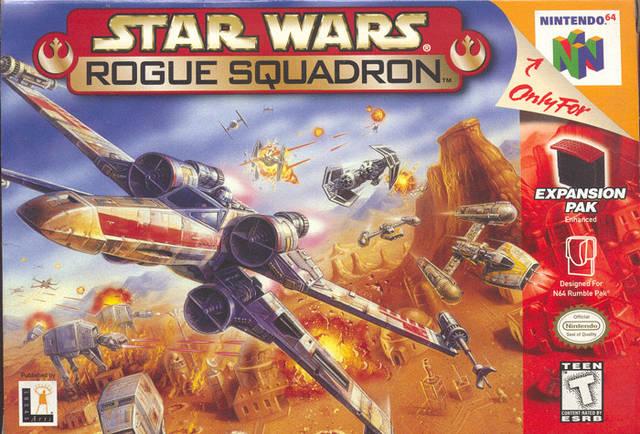
Third party developers brought out some of the console's most beloved games, including Turok 2: Seeds of Evil, the console port of StarCraft, and perhaps most notably, Star Wars: Rogue Squadron, which is often considered one of the console's greatest technological achievements. Another interesting 1998 release was DMA Design's Body Harvest. DMA Design would later be renamed Rockstar North and the open world gameplay of Body Harvest strongly influenced the developer's Grand Theft Auto series, when that made the leap into third person.
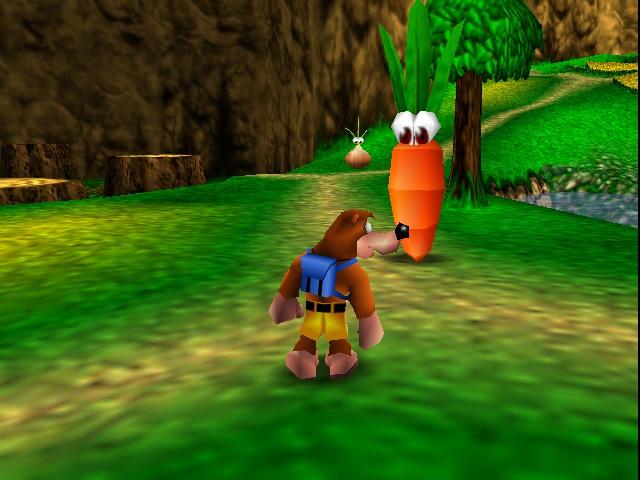
However, the N64 was still largely dominated by two developers - Nintendo and Rare. Rare had a slightly slower year as far as number of releases went, but they certainly made up for that in the quality of their one release - Banjo-Kazooie. Rare was perhaps the only developer that was able to compete with Nintendo in the 3D platformer genre on the N64, and this was one of the developer's finest efforts within that genre.
Yet it was Nintendo that released the majority of the year's big games on the console. In March they released 1080 Snowboarding and July saw the release of F-Xero X, which was praised for its smooth gameplay that ran at a consistent 60fps. In December Nintendo also released the very first Mario party. Despite all these great games coming out during the same year, it was the release of a certain other Nintendo game that stole attention away from all the other games I just mentioned.
This game was, of course, The Legend of Zelda: Ocarina of Time. This is the game that pretty much kept Nintendo in the race with Sony during the 1998 holiday period. It was released between November and December worldwide, quickly becoming one of the console's biggest titles ever, eventually going on to sell 7.6 million units. To this day it stands as the highest selling release in the series and it is often considered one of the greatest games of all time.
By 1998 the PlayStation had secured its position as the market leader and during the year the console would only strengthen its hold on the throne. The number of amazing games that came out for it in 1998 was completely unmatched by the competition.
The first half of the year was in many ways dominated by Square. Between January and May Square released Final Fantasy Tactics, Xenogears, Parasite Eve, Saga Frontier and Einhänder on Sony's console, further cementing its status as one of the best developers of the era. But many of the PlayStation's biggest releases were actually from other developers.
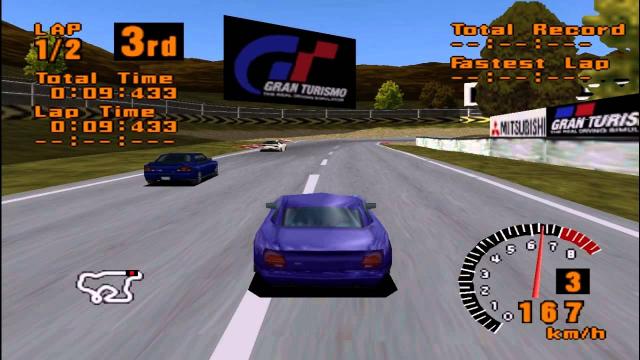
The first truly huge game of the year for the console came when Gran Turismo released in the west. It had already released in Japan at the end of 1997, but its greatest success arrived the following year. It would eventually go on to sell over 10 million units, becoming the best-selling game on the console, surpassing Final Fantasy VII by over a million units.
Another huge release during the first half of the year was Tekken 3, while games like Tenchu: Shadow Assassins and Point Blank made the console's game library exceptionally diverse and vast. In addition, Capcom released Resident Evil 2 early in the year, building on the success of the first game and improving on it in almost every way imaginable.
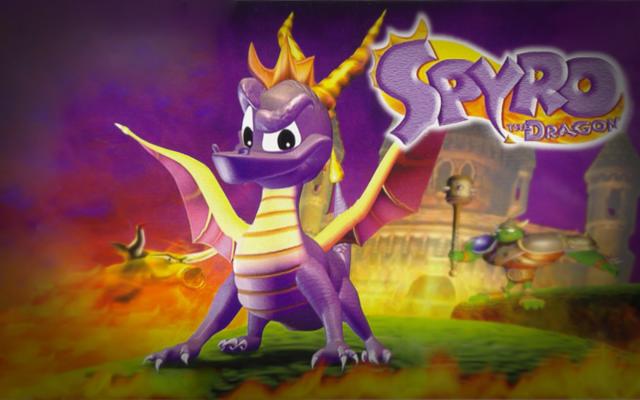
The latter half of the year was also filled with amazing games, starting with the July release of Star Ocean: The Second Story. October saw Medievil make its debut and in September Spyro the Dragon gave the PlayStation another huge 3D platforming series. Speaking of which, Crash Bandicoot 3: Warped became yet another massive success on the console.
In November Tomb Raider III continued the story of Lara Croft and in December Suikoden II was released, eventually becoming one of the most beloved RPGs of all time. Even after all of these games that I've already mentioned there was still one more game that came out in 1998 that perhaps more than any other defined the PlayStation. This game was Metal Gear Solid.
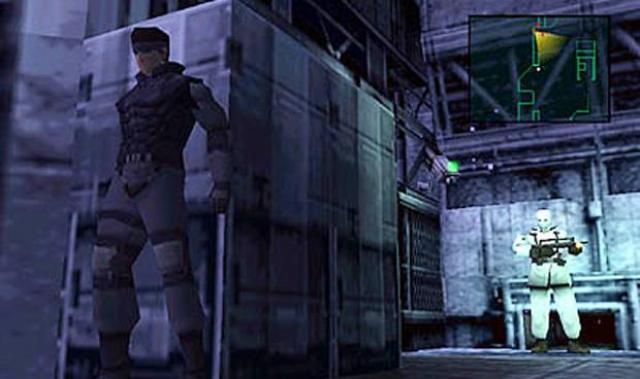
Metal Gear Solid is one of the games the original PlayStation is most remembered for, and for a good reason. Hideo Kojima's masterpiece popularized the stealth genre in the late 90s and it transformed Metal Gear from a fairly niche series into one of the most successful video game franchises of all time.
In addition to home consoles, the Game Boy was still alive and well, and in fact 1998 would prove to be one of the handheld's best years. This was the year in which Pokemon Red and Blue released in the west, creating a phenomenon that spawned a multi-media franchise and a video game series that is only behind Mario in terms of overall sales.
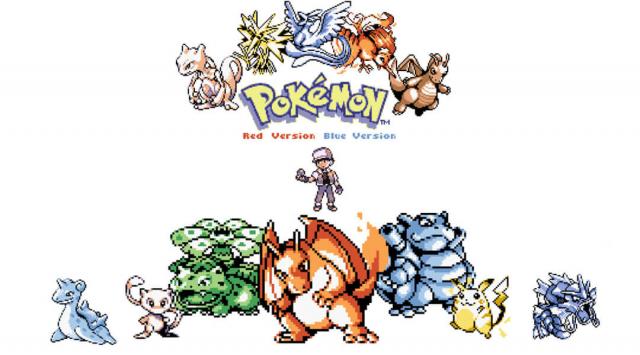
While the consoles were battling for supremacy in the living room, on the PC market was quietly doing its own thing on the side, pumping out several great games almost every single month. This particular year featured both series debuts and big sequels in equal measure.
In the first half of the year some notable new names included Descent: Freespace – The Great War, a spin-off of the Descent series which would later see a sequel that is often considered one of the greatest games of the 90s. Then there was Unreal, which would later become one of the premier FPS franchises. Another new name to the market was Commandos: Behind Enemy Lines, which released in July. It received two sequels a few years later.
In 1998 the adventure game genre was no longer the juggernaut it had once been. Other genres had replaced it at the top of the PC gaming world. However, there was still life left in them, as was proven when Grim Fandango was released to critical acclaim in October.
November was also a huge month for PC gaming. It started nicely with the release of Delta Force, but it was the latter half of the month that truly shined. Valve basically redefined what FPS games could do when it released Half-Life, and then less than two week later PC gamers had what could quite possibly be one of the biggest release days of all time.
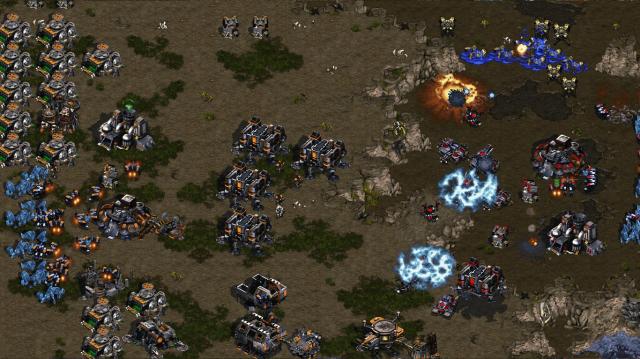
On November 30th gamers were treated to three of the most beloved games of all time with the release of StarCraft: Brood War, Thief: The Dark Project, and Baldur's Gate. When you add to this that the fact that Starsiege: Tribes and The Settlers III also came out the same day, it shows how huge that day was in terms of releases.
I also haven't even mentioned most of the sequels to games that came out on PC that year. These included Might and Magic VI: The Mandate of Heaven, Caesar III, Heretic II, and perhaps most notably Fallout 2. Even with all of those games I'm still leaving many out, so it's safe to say PC had an exceptional year in 1998.
Things were also once again starting to pick up on the hardware side. Nintendo, realizing that the Game Boy was starting to become unacceptably dated in terms of hardware, released the Game Boy Color worldwide to huge success. Many developers had for a while already been dissatisfied with the limitations of the Game Boy and Nintendo finally offered them a better piece of hardware to work with.
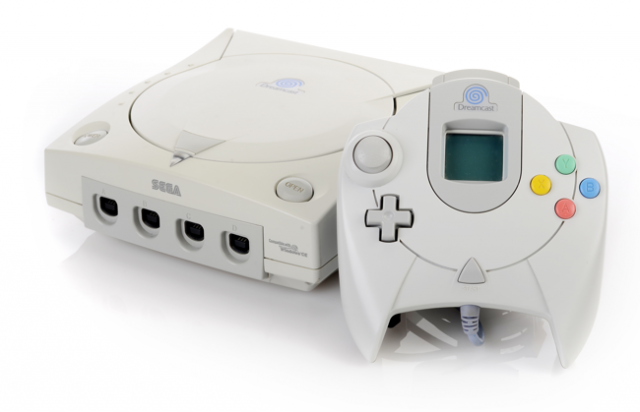
Perhaps even bigger than that, for the time being at least, was the reveal and release of Sega's new home console, the Dreamcast. This was supposed to be Sega's grand return to the console market after the failure of the Saturn. The Dreamcast was far superior to all the other consoles on the market at the time and was the first ever console to feature a built in modem for online play. It also marked the beginning of the sixth generation of consoles.
The console was only released in Japan in 1998, to somewhat mixed reaction. The initial hype was huge, but at release the console faced severe shortages and was unable to meet demand. In addition, many of the promised launch titles had been slightly delayed, including the console's flagship title, Sonic Adventure, resulting in it missing the console's launch. Fortunately the western launch would be much more successful the following year.
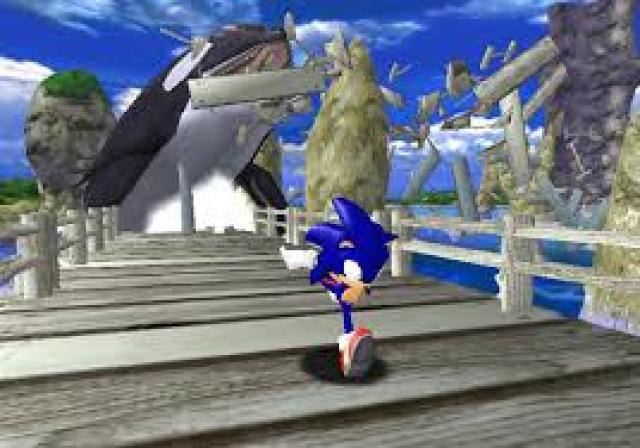
This would take place September 1999 in North America and October 1999 in Europe. The western launch was an undeniable success. In North America the console sold 225,132 units within 24 hours, setting a sales record. After 2 weeks on the market the console had sold 500,000 units and by the end of the year Sega held almost a third of the console market. Europe had a similarly successful launch, with half a million units being sold by christmas.
One of the key reasons for this initial success was the platform's strong lineup of launch and launch window games. The western launch included such games as Sonic Adventure, Power Stone, and Soul Calibur.
While Sega was busy trying to rebuild the home console empire the Saturn had destroyed, Nintendo and Sony stayed the course with their fifth generation consoles. The Nintendo 64 was falling further and further behind the PlayStation, but there were still several high profile games coming out for it in 1999.
The year saw the release of Pokemon Snap, Jet Force Gemini, Donkey Kong 64, Ogre Battle 64: Person of Lordly Caliber, and perhaps most notably, Super Smash Bros. The first Super Smash Bros. became something of a surprise hit for the console, having relatively little promotion and a limited budget compared to most Nintendo games. It went on to sell over 5 million units.
Even with all of those games and more, the N64 still couldn't keep up with the PlayStation, and a lot of it had to do with the staggering number of games that came out for Sony's console. The difference between the game libraries of the two consoles was starting to become insurmountable at this point.
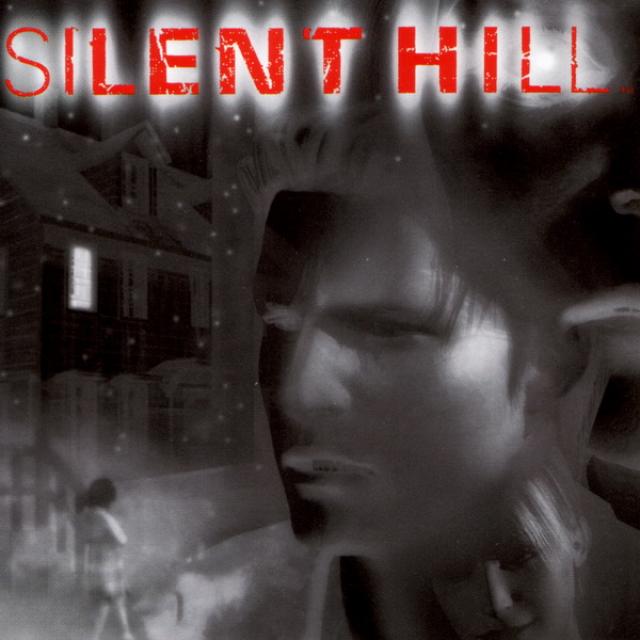
The previous year had been huge for the console, and 1999 wasn't far behind. Silent Hill started yet another classic series on the PlayStation, heightening the popularity of the survival horror genre. Other notable debuts included Ape Escape, Syphon Filter, and Medal Of Honor, which would quickly become the premier FPS series in the console market.
In addition, games like Legacy of Kain: Soul Reaver, Spyro 2: Ripto's Rage, Crash Team Racing, Persona 2: Innocent Sin, Driver, Tony Hawk's Pro Skater, and the year's second biggest game on the console, Final Fantasy VIII, pushed the PlayStation to even greater heights. Despite receiving a much more mixed reception compared to FF VII, this particular game eventually became the fourth best selling title on the PlayStation.
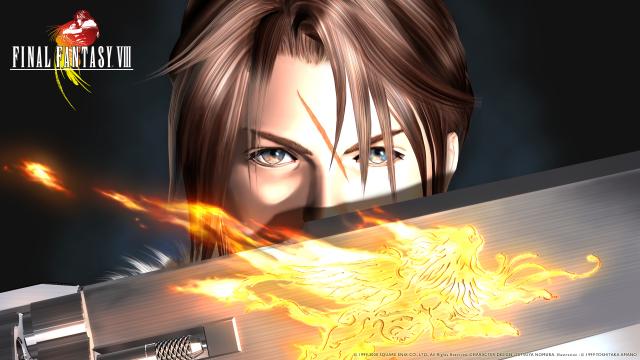
The biggest game of the year for the PlayStation was Gran Turismo 2, which while not selling quite as much as the first title, still managed to sell an incredible 9.5 million units, becoming the third best-selling PlayStation game. Finally, Resident Evil 3: Nemesis kept the series going strong, and was yet another million seller for the system.
PC gaming also had a banner year in 1999, with some of the most beloved classics of all time on the platform being released. Sid Meier's Alpha Centauri took the Civilization formula and put it in an entirely new setting, garnering critical acclaim in the process. Around the same time Simcity 3000 expanded on the formula that had been established in previous games in the series.
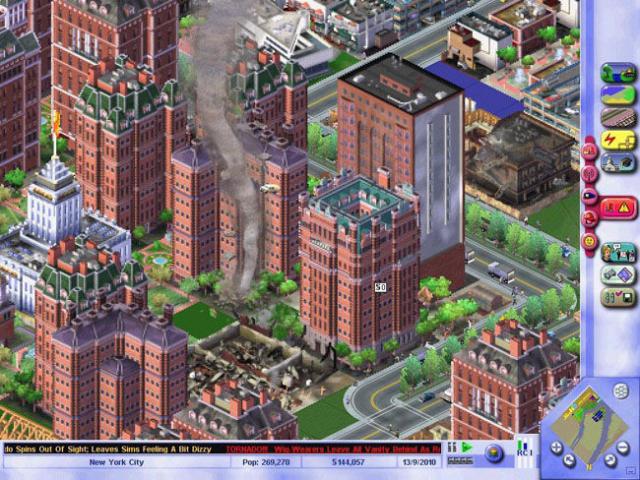
Heroes of Might and Magic III was released in February of 1999, becoming perhaps the series' most successful entry to-date, improving on its predecessors on almost every level. Real-time strategy games were also still among the most popular on the platform, and this year had several great ones. Command & Conquer: Tiberian Sun and Age of Empire II: The Age of Kings continued their respective series, while Homeworld brought a fresh new take to the genre when it took things to outer space.
MMOs were also increasing in popularity after the release of Ultima Online in 1997. Everquest became only the second major MMORPG ever released in 1999, attaining a huge share of the MMO market in subsequent years. It wasn't the only major game in the genre released in 1999, though, as Asheron's Call also made its debut later that year.
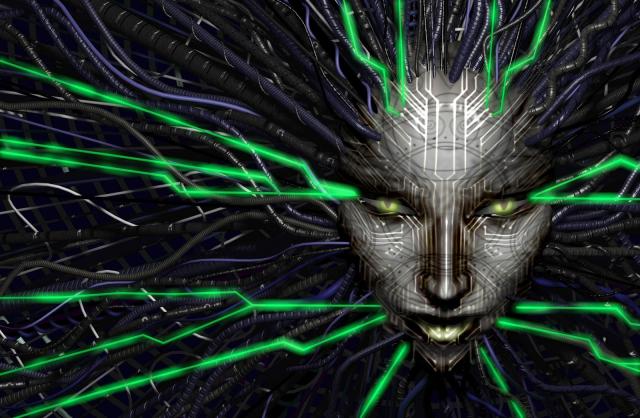
1999 also saw the release of the very first version of Counter-Strike. The following year Valve would pick it up and give it an official PC release. The game and its various different versions have stayed at the top of online gaming world ever since then. The FPS genre also got its next big masterpiece when System Shock 2 was released. Some other notable games released this year included The Longest Journey, Unreal Tournament, Dungeon Keeper 2, Grand Theft Auto 2 and one of the most revered cult classics of the era, Planescape: Torment.
By the start of the year 2000 the Dreamcast had begun to lose its early momentum. The hype for Sony's new console, the PlayStation 2, was beginning to take its toll on Dreamcast sales. Sega had hoped to build a clear lead with the Dreamcast before any of its competitors entered the fray, but by the end of 1999 it had only managed to sell around 1.5 million units. With the PS2's launch on the horizon sales of Sega's console began to decline.
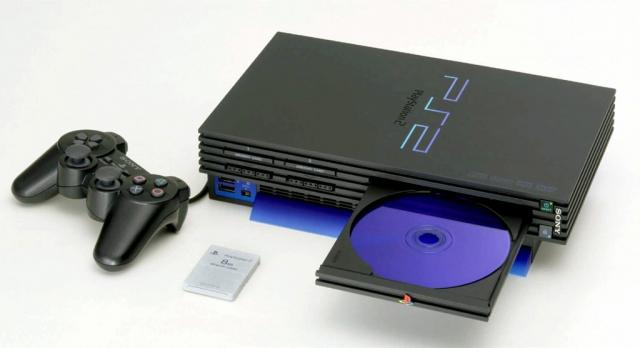
The PlayStation 2 first launched in Japan on March 4th, followed by North America in October and Europe in November. Despite shortages the launch was a huge success worldwide. In the U.S the console sold over 500,000 units in one day, and by the end of the year Sony had shipped 6.4 million PS2s.
While the Dreamcast was quickly losing ground, that didn't stop Sega and a few other developers from creating some of the year's best games for the system. Sega alone published numerous well received and memorable titles for the console, including Jet Set Radio, Space Channel 5, Skies of Arcadia, Phantasy Star Online (in Japan only; the western release was in 2001), and what was quite possibly the most ambitious game of all time by that point - Shenmue. It was the most expensive game ever developed at that time, reportedly costing around $70 million to produce, although Yu Suzuki later said the real cost was roughly $47 million.
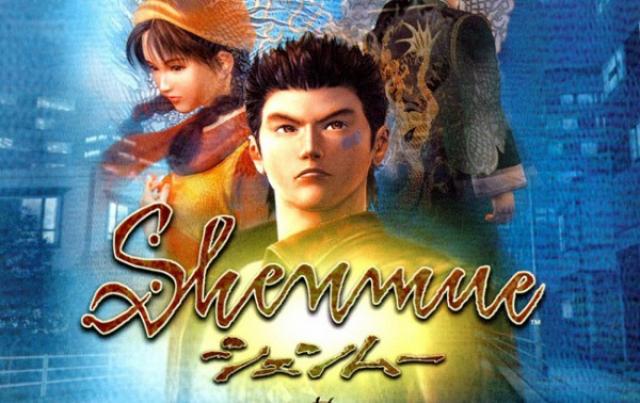
Despite rave reviews and selling over 1 million units, the game was a huge loss for Sega. It has been said that at the time of the game's release every single Dreamcast owner would have needed to purchase the game twice for it to have become profitable. Although that's likely an exaggeration, it's probably not all that far from the truth.
Other notable releases that year included Dead or Alive 2, Grandia 2, Marvel vs. Capcom 2 and Resident Evil: Code Veronica, all of which garnered critical acclaim and good sales. Also, the Dreamcast versions of each game were generally considered superior compared to those on other platforms. Still, none of this was able to prevent the eventual fall of the console.
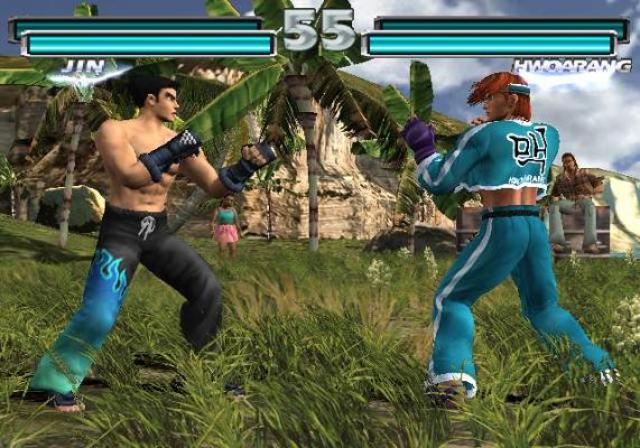
The PS2, despite becoming an immediate success at launch, didn't exactly have the strongest launch lineup, and by the end of the year only a handful of notable games had been released on the system. Perhaps the highest profile releases of the year were Namco's Tekken Tag Tournament and Level 5's Dark Cloud, which only came out in Japan in 2000. A few other games like Kessen, Ridge Racer V and TimeSplitters helped, but overall there were very few truly great games to be found early on in the console's life.
Despite the new console generation gaining steam, there was never any doubt as to which console was still running the show at this point. In July Sony released a new version of its original console, dubbed the PSone, which went on to outsell every single other console on the market for the remainder of the year, including the PlayStation 2.
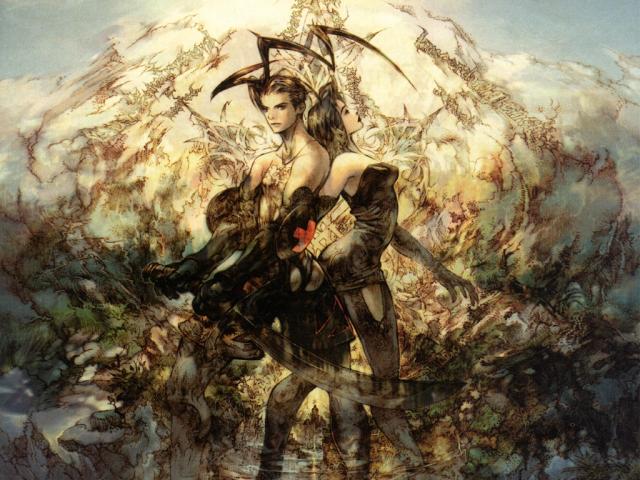
The PS1 had some of the best games of its lifetime come out in 2000, with JRPGs in particular showing up strong this year. Square released Vagrant Story to great reviews, including being only the third game ever to get a perfect score from the Japanese Famitsu magazine. The game is set in the fictional world of Ivalice, in which Final Fantasy Tactics and Final Fantasy XII also take place in.
Square in general was putting out some of the best games of the generation in 2000, as they also released Chrono Cross, the long-awaited sequel to the SNES classic Chrono Trigger, as well as Dragon Quest VII, which was the first new mainline release for the series in five years.
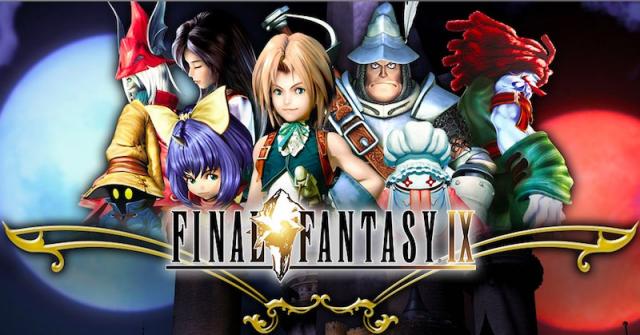
They then capped off the year with the release of Final Fantasy IX, which became one of the console's highest rated games of all time, although it wasn't able to sell as much as the previous two games in the series, perhaps due to it releasing fairly late in the PlayStation's lifecycle (as a personal note, Final Fantasy IX is my favourite game in the series).
Of course, the year wasn't all about Square on the PlayStation. Games like Tony Hawk's Pro Skater, Spyro: Year of the Dragon, Mega Man Legends 2 and The Legend of Dragoon made sure of that. The Legend of Dragoon was one of Sony's first serious forays into the JRPG genre. Although Sony had published a number of JRPGs in the past, this was intended as its own answer to the Final Fantasy series. It was also very successful, selling almost 2 million units.
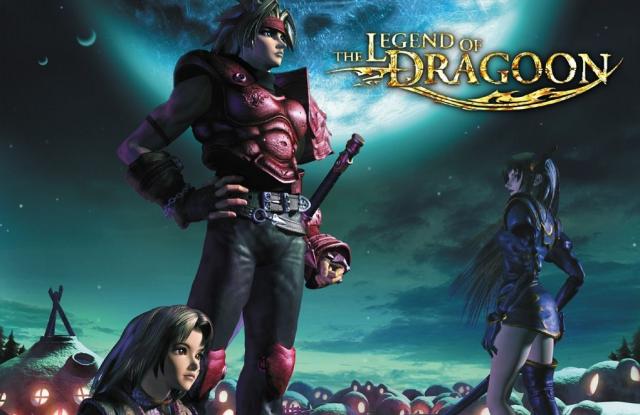
The N64 had a year much like the previous one, getting a handful of great games, but not being able to compete with the PlayStation in sheer volume. The landscape on Nintendo's console still felt like a two horse race, with Nintendo and Rare battling it out to see who would make the best games for the system.
Rare released two highly successful games for the platform. Perfect Dark was the spiritual sequel to Goldeneye 007, featuring an original cast and story. Later in the year they also released Banjo-Tooie, the sequel to the hit 3D platformer from two years prior.
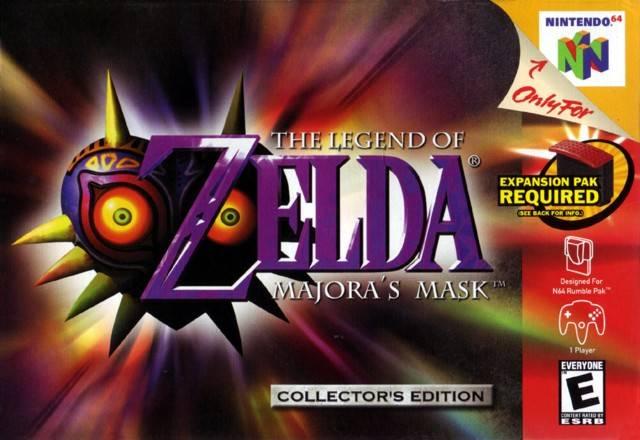
Nintendo, on the other hand, started the year by releasing Pokemon Stadium in February, and followed that up with Kirby 64: The Crystal Shards. Of course, Nintendo's most important game of the year was The Legend of Zelda: Majora's Mask.
Majora's Mask is a rather unusual game in the series, in more ways than one. First, it's a direct sequel to another game in the series, Ocarina of Time, while most Zelda titles are generally standalone stories. Second, it was an unusually dark game, featuring many sad, dark, and even disturbing scenes. As a result, it's one of the most divisive games in the long-running series.
On the handheld side of things the Game Boy Color was pretty much the only option at this point. There wasn't any kind of serious competition for Nintendo, and there really wouldn't be until a few years later. As a result, even with relatively few high profile games coming out for it the platform kept selling in huge numbers, and in April the handheld passed 100 million units sold, becoming the first console ever to do so at the time.
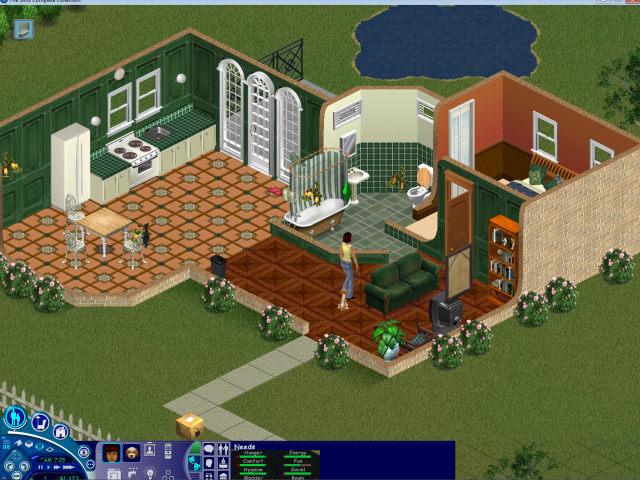
PC continued its string of excellent years in terms of software. The year saw the release of one of the biggest PC games ever in The Sims. This particular title went on to overtake Myst as the best-selling PC game of all time and started one of the most successful video game franchises of all-time as well.
And that wasn't all. This year also saw the launch of Thief II: The Metal Age, Shogun: Total War, Deus Ex, Diablo II, Icewind Dale, Command & Conquer: Red Alert 2, The Operative: No One Lives Forever, and Baldur's Gate II: Shadows of Amn. That final game is often seen as one of the greatest PC RPGs of all time and received the critical acclaim to match such a boast.
The video game market was absolutely huge at this point. Both on consoles and PC huge games were coming out pretty much every single month and hardware was selling at an unprecedented level.
This is where we'll end this part of our look at the history of video games. Next time we'll witness the end of an era, as one major player bows out of the race for good and another takes its place. As always, thanks for reading.
More Articles
What a fantastic article!
I remember these years as if they happened yesterday. The most memorable era of gaming in my opinion.
System Shock, Silent Hill, Sonic Adventure & Majora's Mask were masterpiece. :D
Thanks for the great read! It's really sad that the Dreamcast was another failure for Sega despite all the incredible games that were released for it. It makes me a little concerned about Nintendo's future. I'm sure they still have tons of money in the bank from the Wii/DS era but their profits in both the console and handheld markets have been steadily declining for years. If the NX is another flop they could seriously end up going the way of Sega... :/
it would realistically take a lot of failed consoles for Nintendo to run out of money. Sega was in debt, they didn't have 10 billion dollars in the bank or whatever like Nintendo.
I would argue that the Dreamcast library was a bit weak because it lacked VARIETY. It probably was the best system that gen for shooters (classical) and fighting titles but in terms of adventure, RPG, platforming, party games- it was missing a lot there.
I wouldn't worry about Nintendo. they still have the most well known video game IPs in the world, they just need to make some obvious smart decisions and stop going the gimmick route.
It says a lot about the condition they're in when they keep going their own way and doing what they want rather than the safer consumer route (i.e. they're clearly not worried about 'failing' currently, otherwise they would most certainly stop attempting motion controls and things of that nature).
You make some great points. I'm just starting to wonder if Nintendo should even try to stay in the hardware business anymore. I mean, their strength has never really been in the hardware they make, it's always been in their games. Sure the Wii was innovative and got a lot of casuals into gaming but that didn't really last. Not that I want them to stop making hardware and go 3rd party but if that ever did happen at least it would allow them to solely focus on making amazing games. I guess we'll just have to see how consumers respond to the unveiling and launch of the NX...
Great article! Another thing that hurt the profits of the Dreamcast was that the system had been cracked and you could purchase pirated CDs for the console without any modifications to the console itself. This seriously hurt the bottom line of developers and made the release schedule of the console thin out prematurely IMO.
good point, it seems everyone selling Dreamcasts these days has old pirated games for them... says a lot about how common that was. Makes you understand why Nintendo went so far with the Gamecube as to use an awkward unique mini disk format
This is the days. Too bad gaming got worst these days....=/
Such interesting articles. You're a very talented writer. You know exactly when to be present and invisible and know how to write very lively. Thank you Taneli :)
Nintendo seriously need to find the guys that did their commercials at the time and pay whatever they need for them to work again.








